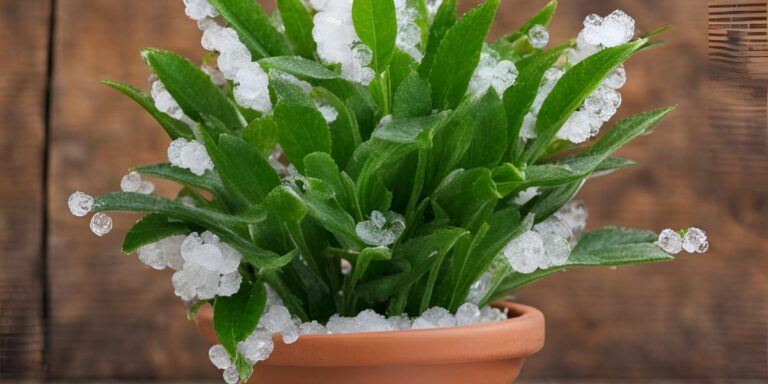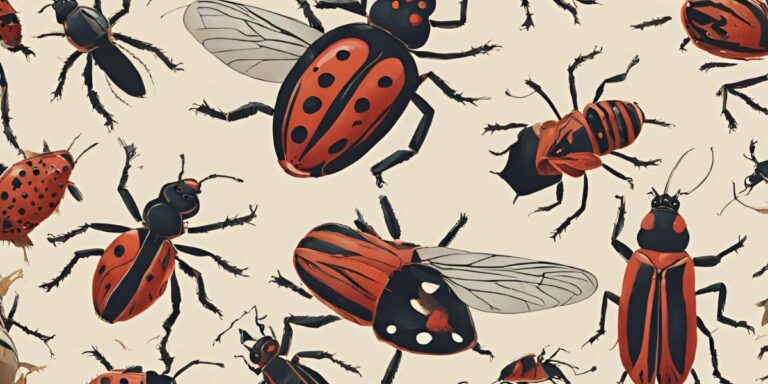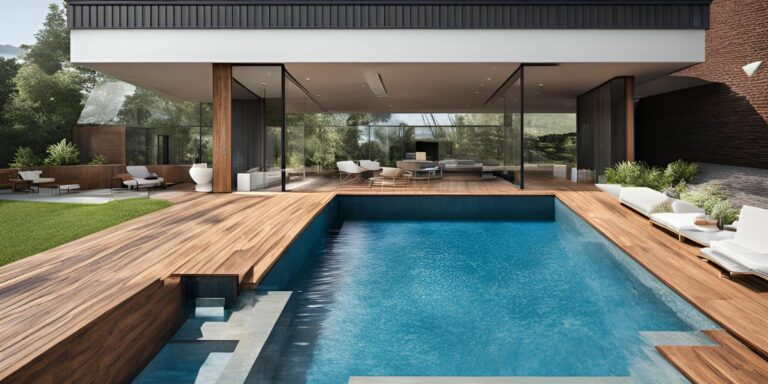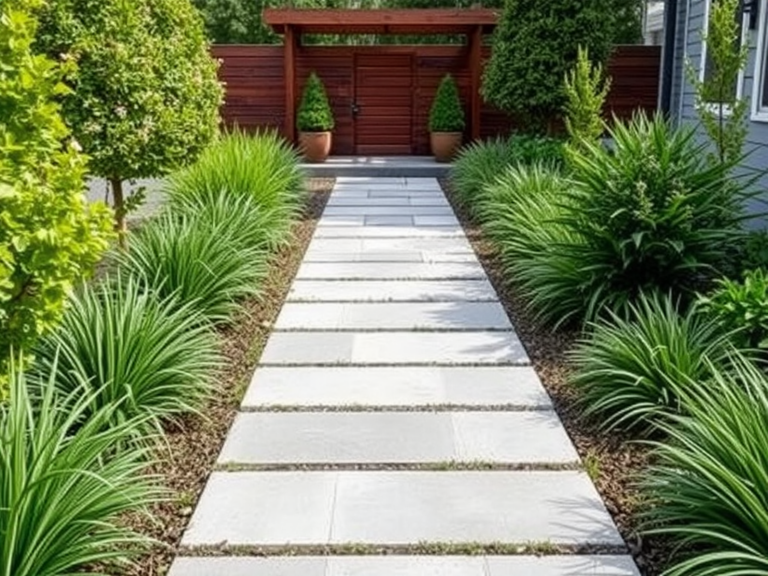18 Ikebana Flower Arrangement Ideas

I have always been fascinated by the art of Ikebana, the Japanese floral arrangement. It is amazing how such simple yet elegant flower arrangements can bring so much beauty and tranquility to a space.
Through my exploration of Ikebana, I have come across a multitude of creative ideas that I am excited to share with you.
In this article, I will present 18 Ikebana flower arrangement ideas that will inspire you to bring a touch of Japanese aesthetic into your home or special event.

Moribana Style

The Moribana style of Ikebana involves arranging flowers in a shallow container using a kenzan or pin frog. This style allows for more freedom and creativity in the placement of flowers and branches. To create a Moribana arrangement, start by placing the tallest flower in the center and work outward, creating a balanced composition.
Nageire Style

Nageire is a style of Ikebana where flowers are simply thrown into a vase or container. This style is more spontaneous and free-flowing compared to other Ikebana styles. To create a Nageire arrangement, choose a tall vase and simply toss in a few stems of flowers and branches, allowing them to naturally fall into place.
Rikka Style

The Rikka style of Ikebana is a more formal and structured style that represents a landscape or natural scene. This style is characterized by the use of tall, vertical lines to create a sense of depth and movement. To create a Rikka arrangement, start by creating a line with the tallest branch or flower and gradually add more branches and flowers to create a harmonious composition.
Shoka Style

Shoka is a simplified and more modern style of Ikebana that focuses on minimalism and balance. This style typically involves using only three main elements – a tall branch, a medium-sized branch, and a low-lying branch or flower. To create a Shoka arrangement, start by placing the tallest branch in the center and balance it with the other two elements on either side.
Jiyūka Style

Jiyūka is a more contemporary and free-form style of Ikebana that allows for greater creativity and self-expression. This style encourages the use of unconventional materials and shapes to create unique and dynamic arrangements. To create a Jiyūka arrangement, let go of traditional rules and let your creativity flow freely.
Bunjin Style

The Bunjin style of Ikebana is inspired by Chinese literati painting and poetry, emphasizing simplicity, elegance, and natural beauty. This style often features sparse arrangements with minimal flowers and branches, focusing on negative space and the beauty of simplicity. To create a Bunjin arrangement, use a tall, slender vase and a few carefully chosen branches or flowers to evoke a sense of tranquility and harmony.
Seika Style

Seika is a traditional style of Ikebana that focuses on symmetry, balance, and harmony. This style often features a formal, triangular composition with a central focal point. To create a Seika arrangement, start by placing the tallest branch or flower in the center and balance it with two shorter branches or flowers on either side to create a harmonious triangle.
Nageirebana Style

Nageirebana is a more casual and spontaneous style of Ikebana that involves throwing flowers and branches into a tall vase or container. This style emphasizes natural movement and rhythm, with flowers and branches cascading down the sides of the vase. To create a Nageirebana arrangement, choose a tall vase and let the flowers and branches fall naturally into place, creating a dynamic and flowing composition.
Rikka Shimputai Style

Rikka Shimputai is a modern interpretation of the traditional Rikka style, combining elements of the old and new to create a more contemporary and dynamic arrangement. This style features a more compact and condensed composition with a focus on balance, harmony, and movement. To create a Rikka Shimputai arrangement, start by arranging the tallest branch or flower in the center and balance it with shorter branches and flowers to create a harmonious and dynamic composition.
Jiyūka Rimpa Style

Jiyūka Rimpa is a fusion of the free-form Jiyūka style and the elegant Rimpa school of Japanese painting, characterized by bold colors and intricate designs. This style emphasizes creativity, innovation, and self-expression, with a focus on incorporating elements of nature into the arrangement. To create a Jiyūka Rimpa arrangement, experiment with bold colors, textures, and shapes to create a dynamic and visually striking composition.
Conclusion
I hope these 18 Ikebana flower arrangement ideas have inspired you to explore the art of Japanese floral design and bring a touch of tranquility and beauty into your home or special event. Whether you prefer the traditional styles of Ikebana or want to experiment with more modern and innovative approaches, there is endless creativity and beauty to be found in the world of Ikebana. So go ahead, pick up some flowers and branches, and start creating your own stunning Ikebana arrangements today!






